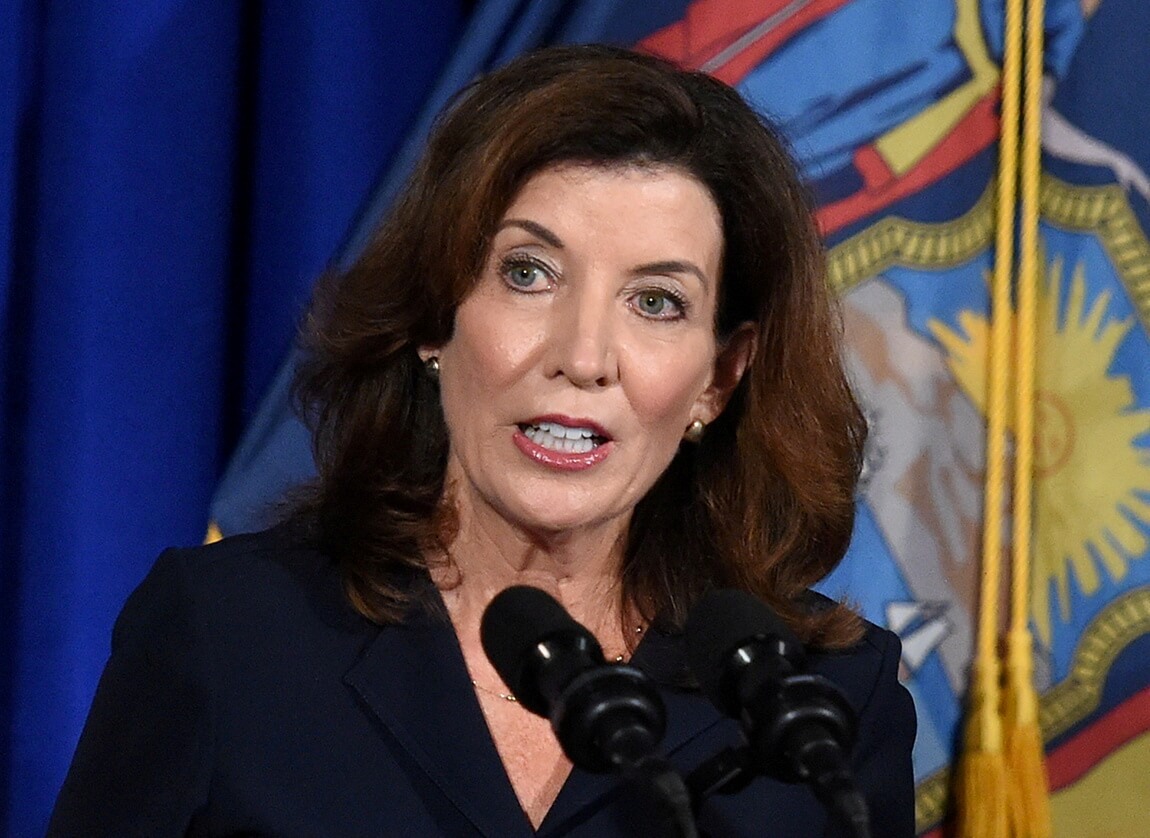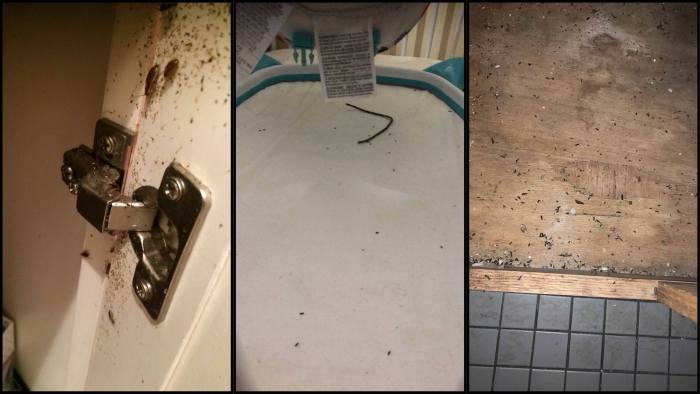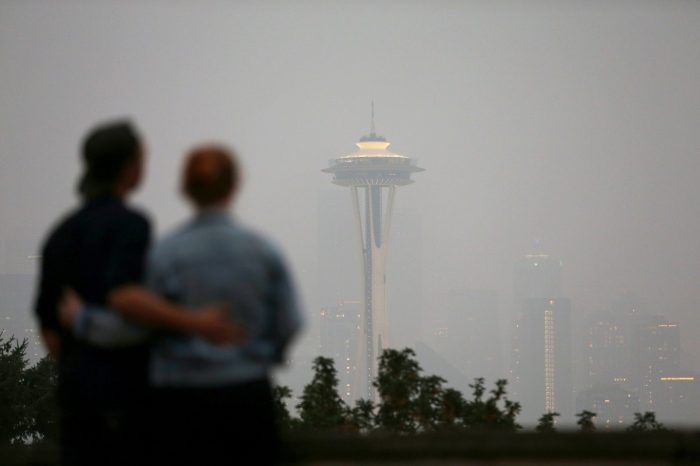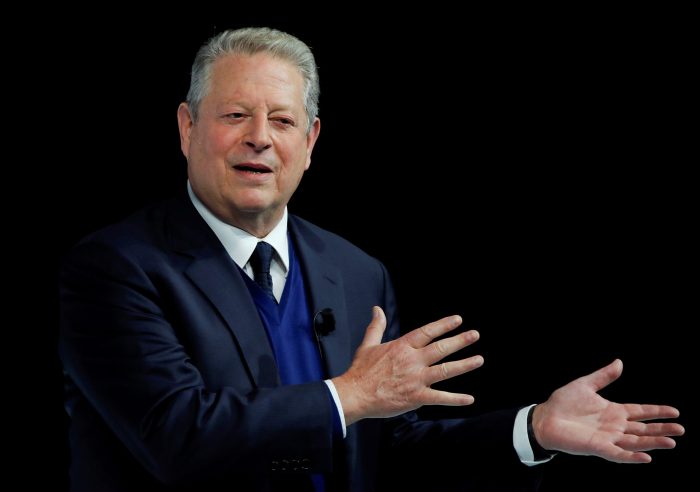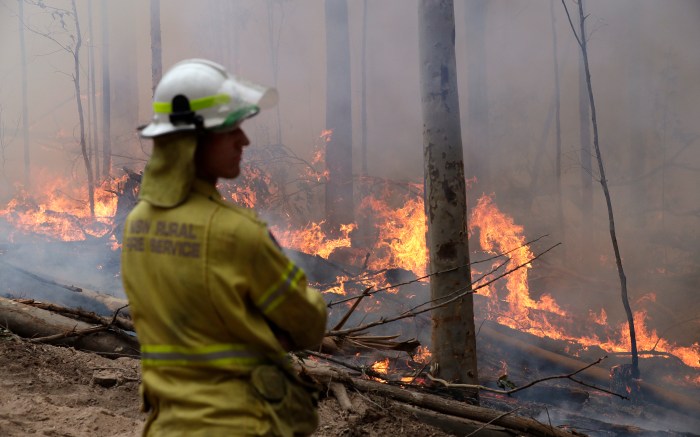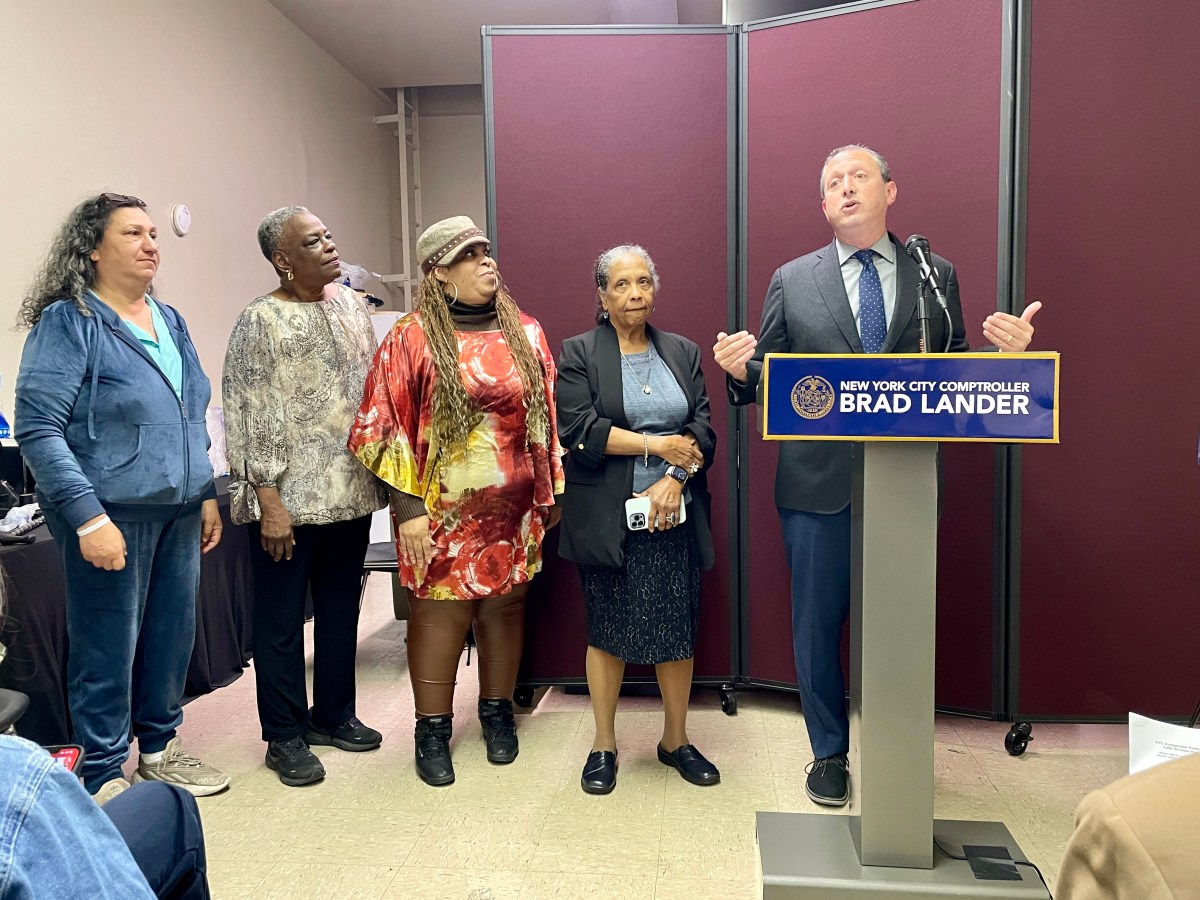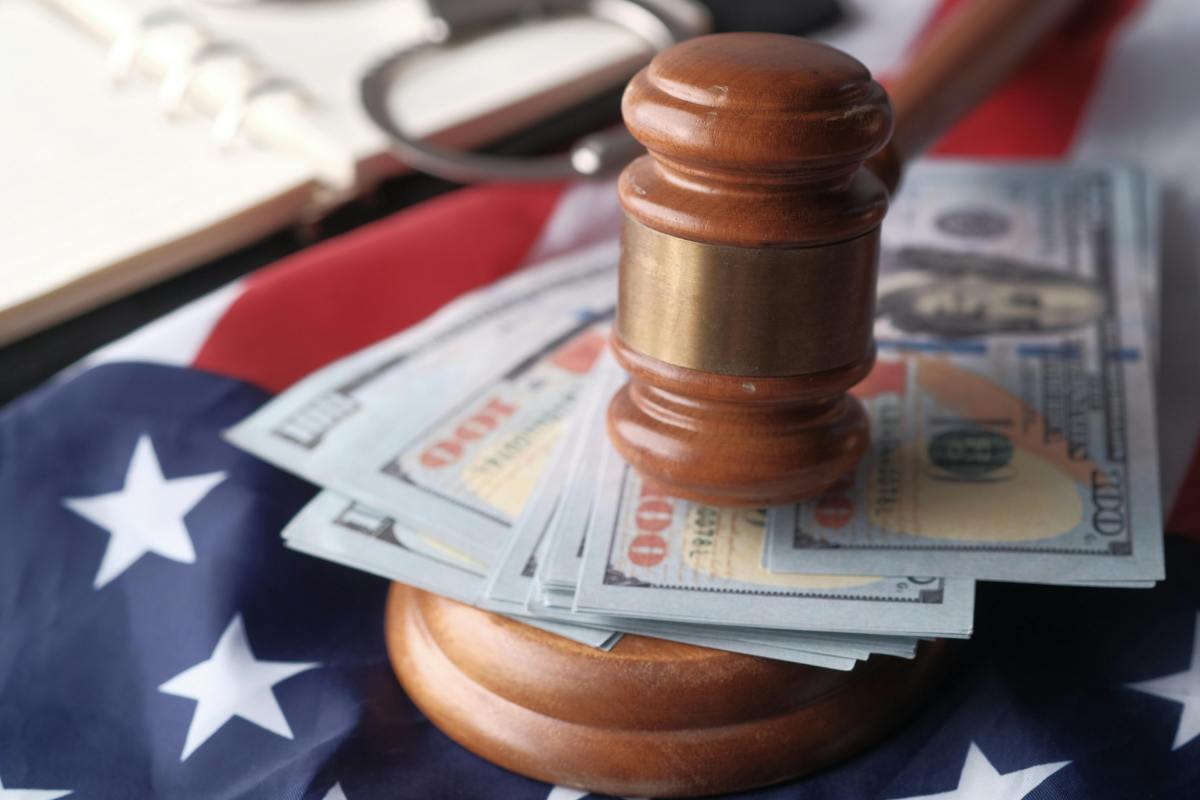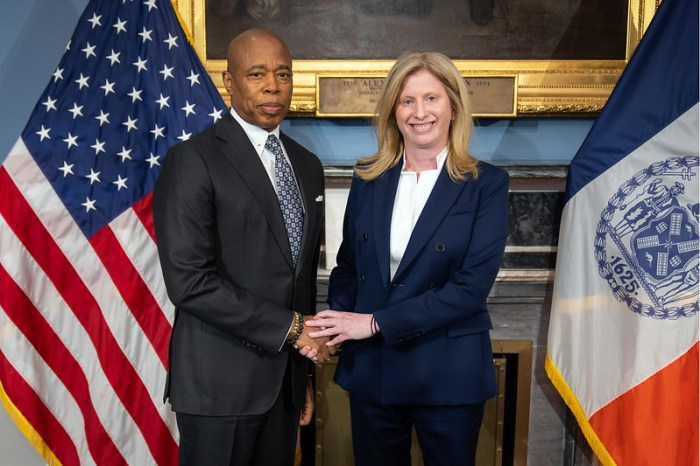Governor Kathy Hochul announced Monday a slate of new projects and targets to expand New York’s green energy infrastructure over the coming decade, including building out lines to feed renewable power to New York City and scale up a statewide solar program.
“We’re going to take some major steps to build a more resilient New York and accelerate our progress toward nation-leading emissions goals,” Hochul said on Sept. 20 at the Climate Week NYC summit hosted by the non-profit Climate Group alongside the United Nations General Assembly this week.
The state has awarded two contracts to construct a pair of transmissions lines feeding wind, solar, and hydropower generated upstate and in Canada to the Big Apple, the governor revealed.
“Think of these as two extension cords,” Hochul said. “We’re bringing extension cords down the state and plugging them into New York.”
The first is dubbed Clean Path NY, developed by Forward Power — a joint venture of private energy firms Invenergy and energyRe — and the New York Power Authority, which will bring wind and solar power from Delaware County on a 174-mile line to the Rainey substation in Astoria, Queens by 2027.
The second proposed line, dubbed the Champlain Hudson Power Express, is developed by Transmission Developers, Inc., which is backed by investment giant Blackstone, and Hydro-Québec. It will supply hydropower via a 339-mile line by 2025 to the Astoria Energy Center, also in Queens, Hochul said.
The combined effort will produce some 18 million megawatt hours a year, which can power more than 2.5 million homes with clean upstate and Canadian juice, Hochul said.
The initiative will help New York State toward its goal of transitioning from predominantly fossil fuels to 70% renewable energy by 2030, as per the 2019 so-called Climate Leadership and Community Protection Act.
The program could also generate 10,000 jobs across the Empire State and reap $8.2 billion in economic development investments, according Hochul.
The governor did not specify how much the schemes will cost, but noted there will be “substantial” private investment and that she will try to avoid too much of the bill from falling on utility rate payers.
“My goal is to have ratepayers not pay more, but to the extent that large companies upstate have to bear some of the costs, of the short-term cost, I’m willing to look at some tax policies that’ll lighten the burden,” she said during an unrelated press conference Monday afternoon.
The projects must first get approval from the state’s regulatory body the Public Service Commission.
Hochul also called on the New York State Energy Research and Development Authority and New York State Department of Public Service to come up with a “roadmap” this fall for how to expand solar power distribution goals from six gigawatts by 2025 to 10 gigawatts by 2030 under the so-called NY-Sun initiative.
“We’re going all in on solar,” Hochul said.
NY-Sun is a public-private partnership that offers incentives and financing to make solar power more affordable for homeowners and businesses, and the new goal would power about 1.7 million homes, according to Hochul.



